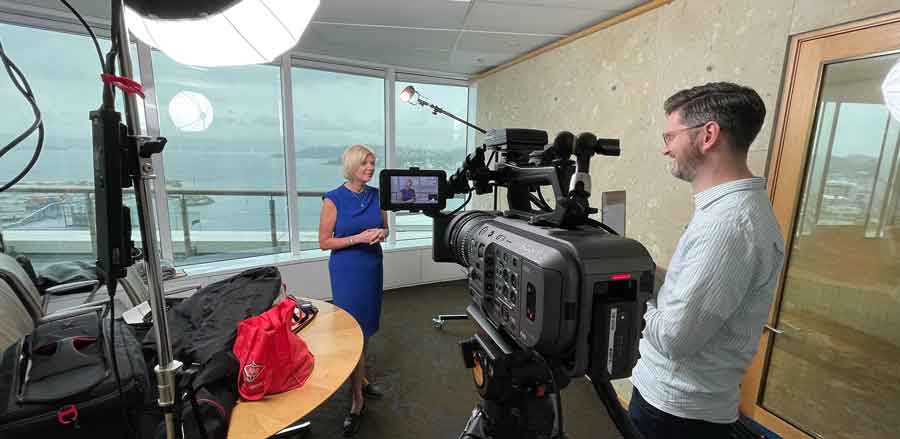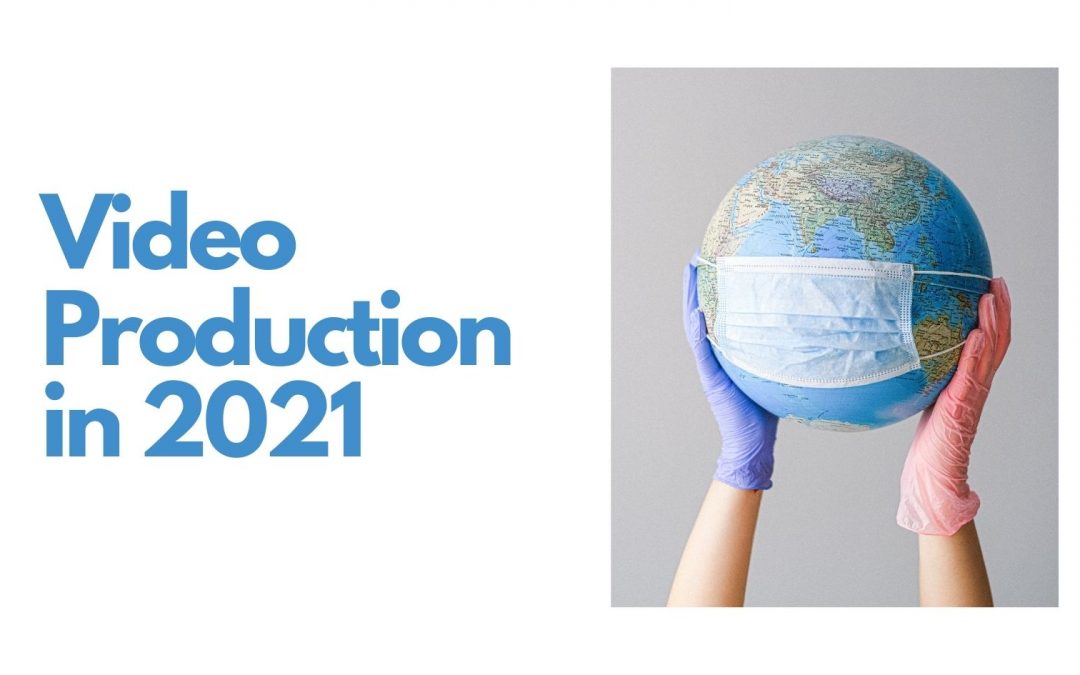It’s 2021, so what in store for us?
It might be a tired phrase by now, but COVID-19 has fundamentally changed the way our world spins. Businesses have closed and reopened, lockdowns and shutdowns and curfews have been implemented, not to mention the changes to schools and universities—some parts of life have been put on hold while others, thankfully, have been rekindled. However, more than anything else, the pandemic has shown how, as a society, we humans excel at adaptation.
We adapt with our business practices, our schedules, our friendships, working from home or social distancing together—we change the way we do the things we love, so that we can keep doing them.
And in that regard, video production has gone through a multitude of changes too. Content, video longevity, interactivity, interaction, marketing, viewer reception, and a slew of other things have evolved, adapted to this new normal from 2020 riding the monstrously confusing wave into 2021.
With that in mind, we’re here to show you how video production has changed and is changing in 2021, to both prepare and help you take advantage of all the trends and their momentum forward.

Genuine Storytelling
Just as the marketing trends of the mid-2000s saw a transference, from overly-sincere commercials to a more post-modern approach that catered to making fun of the tired tropes repeated for the last few decades—so too has another change occurred in 2020. More than content created devoid of feeling, feeling and understanding are what people appreciate right now. They crave authenticity and positivity because so many other mediums, in larger doses, can appear in conflict with both those traits.
If your business struggled in the pandemic, express in content how you overcame those obstacles, how you adapted and the plan for your continued path forward. If your business was less affected, maybe allude to how it could improve the life of your prospective customer.
Overall, use personal stories to connect to a more personal viewer base.
Content Duration is Flexible
Another thing that changed in 2020 is just how much content consumers are able to consume. With so much time to binge-watch a new TV show’s season, a few movies, a trilogy, a plethora of ‘how to’ videos (and with not much else to do, honestly)—people became less divisive about content duration. If you have always been known for long-winded explications, don’t worry! As long as you are able to get your message across, people won’t mind watching it. Conversely, if you’re known for short and sweet content—keep it up! Long or short, viewers want to understand an authentic representation of your business and how that business could positively impact their own lives moving forward.
The important thing to make sure of is, whether your content is short or long, that the message is clear. People cling to images and words that evoke a lasting impression—I know that’s easier said than done, but tonal consistency and storytelling authenticity will get you there.
Balance Creation and Marketing
Another important facet of production is the balancing of creation and marketing in your budget. Stellar, high-end content that has nowhere to go because no one knows about it won’t make much of a return. On the other hand, getting half-baked content out to the masses likely won’t make much of a return either, and could negatively impact the brand or business as a whole.
The key is to create a budget for both creation and marketing, and stick to that budget. Consistency in content creation can be as beneficial as one amazing viral video. Creating a voice for your business, one that expands in depth as it’s heard more, is what keeps people coming back. Additionally, finding those prospective customers in the first place means allocating funds for more focused-marketing distribution.
To sum up, make solidly engaging content, know your audience and where best to focus expansion.

Live-Streaming on the Rise
Perhaps one of the most interesting business and production practices to come out of 2020 was the widespread use of live-streaming. While live-streaming has been around for a few years, it didn’t see such a boom in activity until this past year. It has helped immensely to connect people to events they couldn’t otherwise get to—parties, conferences, even concerts. And businesses have been able to implement it in a number of creative, cost-effective, and compounding ways too.
For example, using live-stream in conjunction with the launch of a new product or upcoming release can be an amazing way to broaden reach. Additionally, live-streaming is a great way to conduct interviews as a means of distributing information to the consumer or viewer. It can also be a great way to host virtual events and get people engaged with an exciting outlet to participate in.
That being said, live-streaming can be difficult to pull off effectively. The key is planning. For example, even if you want to do an interview live, or a product launch, set it up as if it were the last take of scripted content. In that regard, have a script, an outline—a beginning and end.
Mostly importantly, however, make sure you have the proper services lined up to host a live-stream without technical glitches and buffering issues.
Interactivity and Interaction
One of the last things to mention in regard to video production’s changes is the inclusion of interactive videos. While the implementation is relatively new, and the use not as widespread as other forms of media—interactive video offers up a plethora of new options for viewer engagement.
As an example, creating a video, whether animated or live-action, and asking for user input to click on icons of information, further emphasizing any specific topic they choose in regards to the business, can offer a lot of useful data as well as interaction.
And that’s the other thing to note:
This new method of video production can offer a lot of interaction from people. They can answer polling questions, offer insights, and, more than anything else, engage with your business. Sharing with friends and building a connection that promotes the longevity of a customer relationship.
Conclusion
While 2020 saw a change in our world and how things are done—it didn’t stop the world from turning. Every business is moving forward, and every person is taking that one slow step in front of the other. Finding new methods to adapt to this changing time are the key to getting through it—and not letting it change the things we love to do or ability to do them.
Whether you’re producing videos for personal endeavors, the joy of creation, or business—keep these trends in mind to share your content with the world, most importantly, keep it connected.


